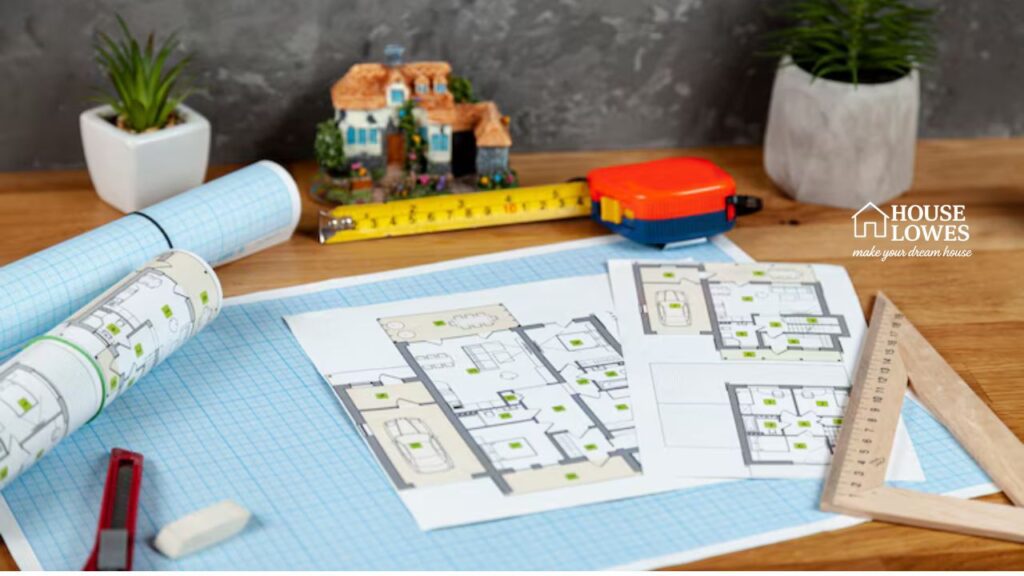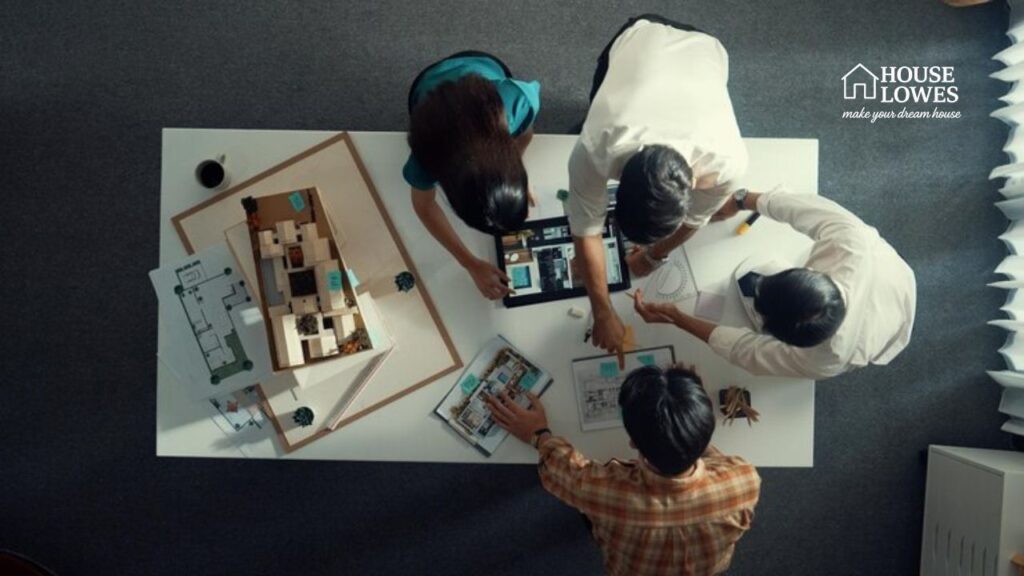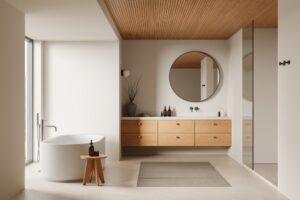If you’ve browsed house plans or flipped through property listings recently, you may have stumbled upon the term “flex room.” But what is a flex room on house plans, and why is it becoming a must-have feature in modern homes? Whether you’re designing your dream house or upgrading your living space, flex rooms provide unmatched versatility. This article will guide you through everything you need to know, from defining a flex room to exploring its numerous uses.

Summary Table
| Feature | Details |
|---|---|
| Definition | A room designed to serve multiple purposes in a house, apartment, or hotel. |
| Common Names | Flexible space, multi-use room, bonus room, or flex space. |
| Typical Locations | Near living spaces, basements, or unused corners of a home or hotel. |
| Key Benefits | Versatility, space optimization, and personalized functionality. |
| Examples of Use | Office, gym, playroom, guest room, or dining area. |
Keep reading to uncover more examples, creative ideas, and practical applications of flex rooms!
What Is a Flex Room?

A flex room, also known as a flexible space or multi-use room, is a blank slate in home design. The term refers to a room with no assigned function, allowing homeowners to tailor the space to meet evolving needs. Many modern house plans incorporate at least one flex room because they cater to a wide range of lifestyles.
What Is a Flex Room in a House?
In a house, a flex room often serves as a spare bedroom, home office, or workout area. Unlike traditional rooms with fixed purposes (like a kitchen or bathroom), a flex room doesn’t follow a rigid template. This makes it ideal for families whose lifestyles or priorities might change over time.
What Is a Flex Room in a Home or Apartment?
Whether you live in a spacious home or a compact city apartment, flex rooms can transform how you use space. For instance, in densely populated areas such as NYC, where living areas are often tight, residents frequently use flex rooms to create semi-permanent divisions for privacy.
What Is a Flex Room on House Plans?
On architectural blueprints, flex rooms are often labeled as “bonus rooms.” These typically appear as undefined spaces near living areas or tucked into attics, basements, or extra nooks inside a home. When browsing house plans, look for terms such as “additional space” or “extra bedroom” to identify flex-room potential.
What’s a Flex Room in Hotels?
Hotels also use the flex concept. A semi-flex hotel room, for example, might refer to accommodations with optional features like movable partitions, adaptable furnishings, or a multipurpose layout.
Examples of Unique Flex Room Uses
Here’s how some homeowners and renters are using their flex spaces:
- Office Space: With remote work on the rise, many turn their flex areas into home offices.
- Yoga or Gym Room: Health-conscious homeowners prefer at-home fitness setups.
- Playroom: Parents use flex rooms to store toys and keep kids entertained.
- Library or Study: A quiet space for readers or researchers.
- Guest Room: Ideal for hosting friends and family.
- Craft Studio or Workshop: Perfect for hobbyists or weekend DIYers.
Pro Tip: Consider your household’s most urgent needs when deciding what to do with a flex room.
Why Add a Flex Room to Your House Plans?

Increased Resale Value
A flex room can boost your home’s marketability. Buyers appreciate flexible spaces that can grow with their needs, whether as a nursery for a young family or a guest suite for visitors.
Adapts to Lifestyle Changes
Moving into a new phase of life? Flex rooms can be easily reimagined. For example, a couple may start with it as a home office but turn it into a nursery later.
Efficient Use of Square Footage
Rather than adding square footage for less-used rooms, flex spaces make better use of existing layouts. They’re energy-efficient and cost-effective.
A Popular Option in Manhattan, Kansas Districts
Manhattan, Kansas, has seen increasing interest in flex rooms. Residents in this regional school district value spaces that adapt to growing kids, guest visits, or changing work-from-home needs.
FAQs About Flex Rooms
What Can a Flex Room Be Used For?
Flex rooms are as versatile as your imagination allows. From game rooms to small home theaters, their utility is nearly endless.
What Does a Flex Room Mean in NYC Apartments?
These rooms, common in NYC rental apartments, allow tenants to divide living rooms into temporary sleeping areas using accordion doors or curtains.
What Does Semi-Flex Mean When Booking a Hotel Room?
Semi-flex refers to partially customizable accommodations. These might include variable check-in times, movable beds, or convertible seating.
What Diameter Flex Duct Should I Use When Adding Ventilation to My Flex Room?
Ventilation requirements vary based on the room’s size and layout. Most installations recommend flexible ducts with diameters of 4 to 6 inches.
What Is a Standard Flex Room in Hotels?
This could mean a space equipped with adaptable furniture, enabling multiple room configurations in one stay.
What Is a Semi-Flex Room in Apartments?
A semi-flex room offers partial enclosures instead of full walls, making it an affordable way to add privacy.
Creative Flex Room Ideas
- Double Duty Rooms:
- Combine a media room with extra sleeping options using a pull-out couch.
- Family Room Flex:
- Add custom storage to house toys and essentials for kids.
- Work + Fitness Zone:
- Set up one corner for working and another for workout equipment.
Final Word
Flex rooms revolutionize how we think about space, allowing entire households to do more with less square footage. Whether planning a new home in Connecticut, setting up an apartment in New York City, or remodeling an existing layout, a flex room offers personalized freedom and choice.
Admin recommendation
What is a Door Astragal? Seal Gaps &/Boost Security Today
Black Knob Door Handles – Stylish & Functional Choices for Every Home
Discover Jubilee Year Of Mercy Holy Door 2025 Brooklyn Churches NYC | Holy Door Significance











